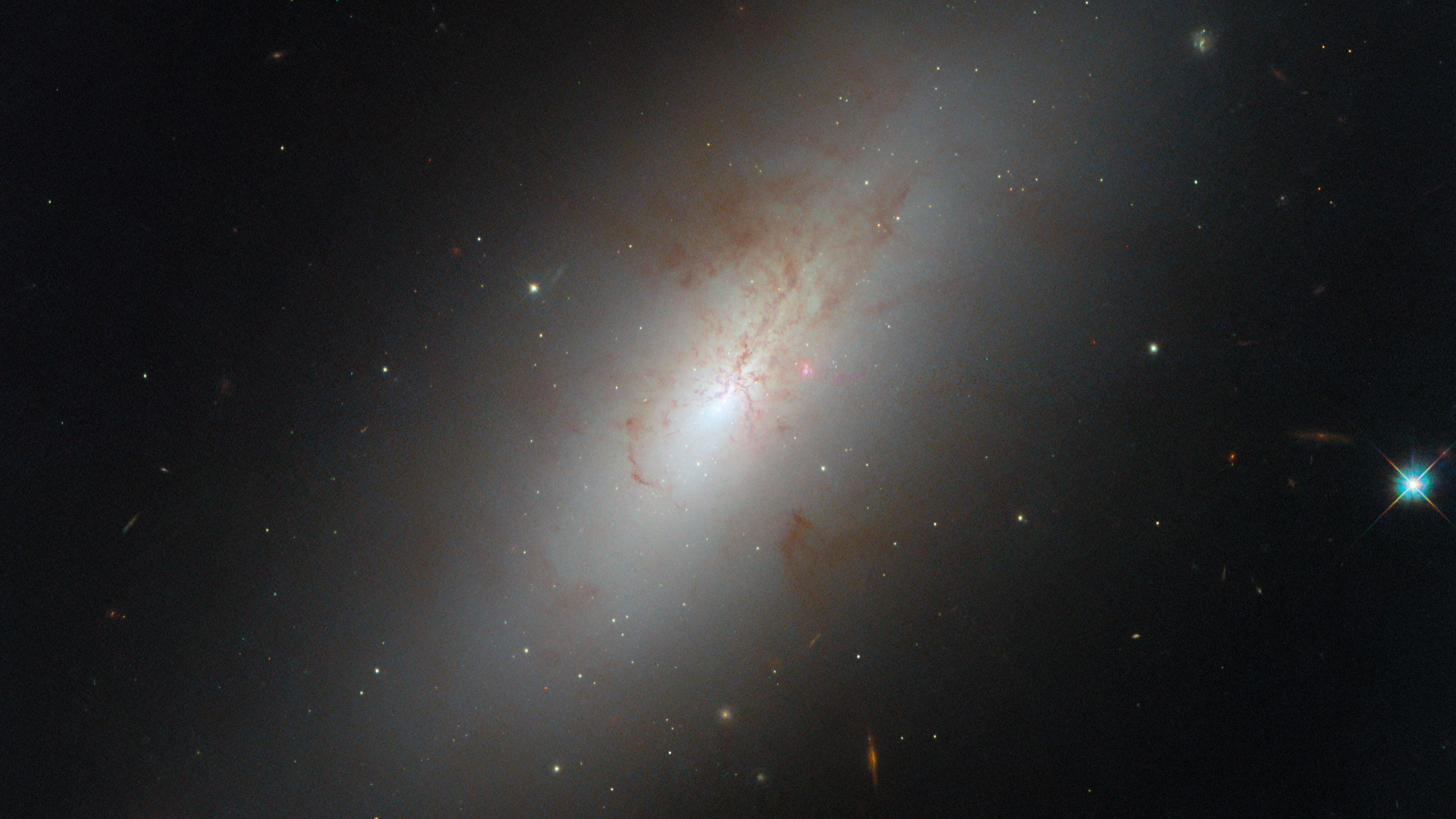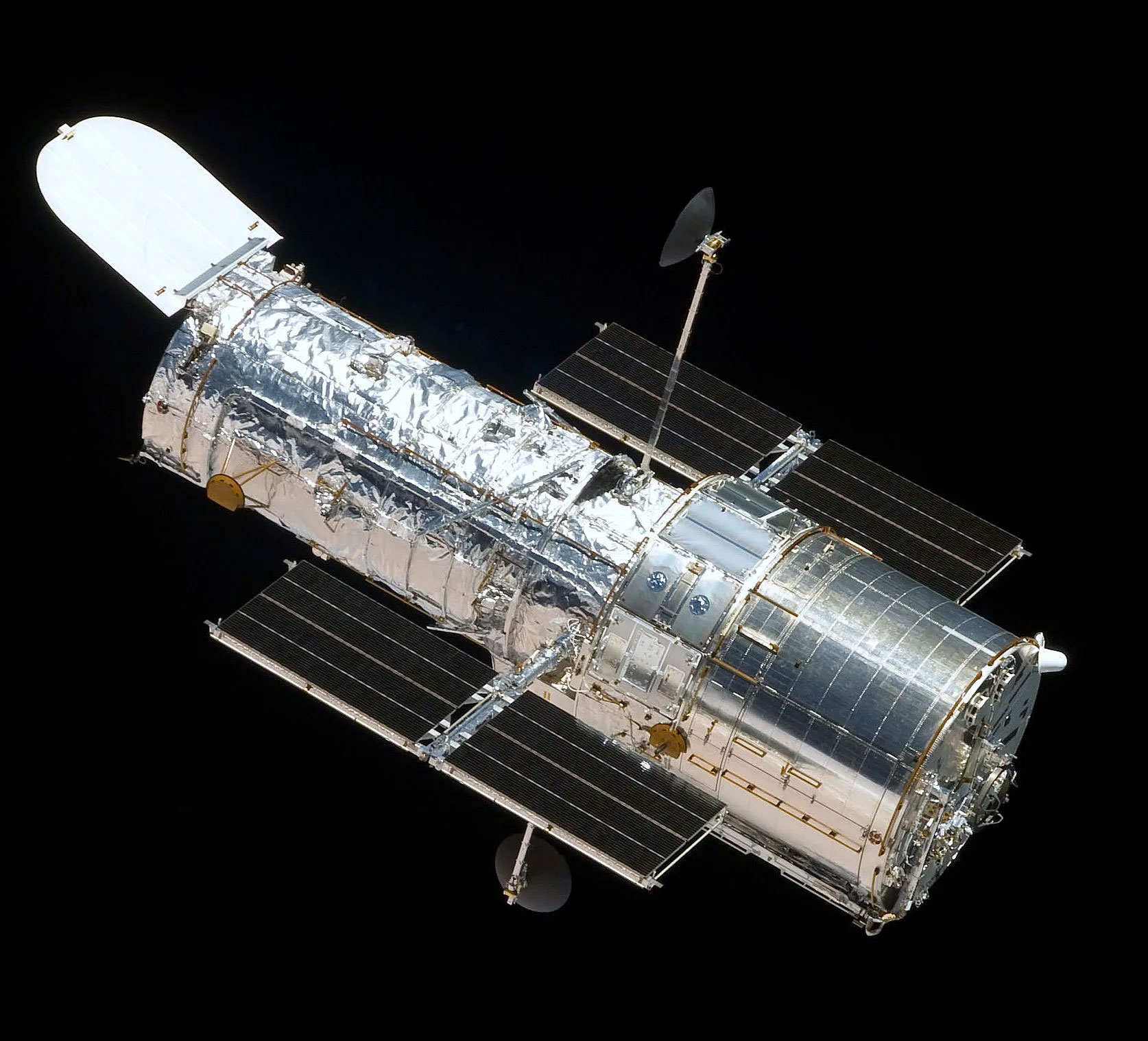
Proving its worth despite its age yet again, the Hubble Space Telescope has captured an image of a peculiar galaxy in space.
Most galaxies fall into two categories based on their shape according to NASA:
"Spiral galaxies are young and energetic, filled with the gas needed to form new stars and sporting spiral arms that host these hot, bright youths. Elliptical galaxies have a much more pedestrian look, and their light comes from a uniform population of older and redder stars."
Some galaxies, however, require the Hubble’s powerful lens to help classify their identity.
One such galaxy is NGC 4694, located 54 million light-years away from Earth in the Virgo galaxy cluster.
NGC 4694 has a smooth-looking, armless disk, which is similar to an elliptical galaxy in that it is nearly devoid of star formation.
Although elliptical galaxies usually host significant quantities of dust, they generally do not hold the fuel needed to form new stars. The stellar population of NGC 4694 is still relatively young, and new stars are actively forming in its core, powering its bright center and making it markedly different to a classic elliptical galaxy.

NGC 4694 is filled with the hydrogen gas and dust normally seen in a young spiral, and a huge cloud of invisible hydrogen gas surrounds the galaxy.
The Hubble image reveals that the dust inside the mysterious galaxy forms a chaotic structure which according to NASA, indicates a kind of disturbance.
NASA revealed that using the ultra high quality images taken through the Hubble:
"It turns out that the cloud of hydrogen gas around NGC 4694 forms a long bridge to a nearby, faint dwarf galaxy named VCC 2062. The two galaxies have undergone a violent collision, and the larger NGC 4694 is accreting gas from the smaller galaxy.
"This collision helped give NGC 4694 its peculiar shape and star-forming activity that classify it as a lenticular galaxy."
Lenticular galaxies don’t have the characteristic arms of a spiral galaxy, but still have a central disk, and they also hold more star forming gas than an elliptical galaxy.
NASA said:
"Some galaxies, like NGC 4694, aren’t as easy to categorize as one type or the other. It takes a bit more digging to reveal their true nature, and thanks to Hubble, we have the ability to uncover their secrets."
Take a look at our guides to the best telescopes for astrophotography, the best telescopes for beginners, and the best telescopes for kids.







